Understanding Sea Trials
Sea trials are critical for testing the capabilities of a maritime vessel. They are conducted to evaluate the performance of a ship under real-world conditions before it enters service. These trials ensure the vessel’s design and construction meet the required standards and specifications.
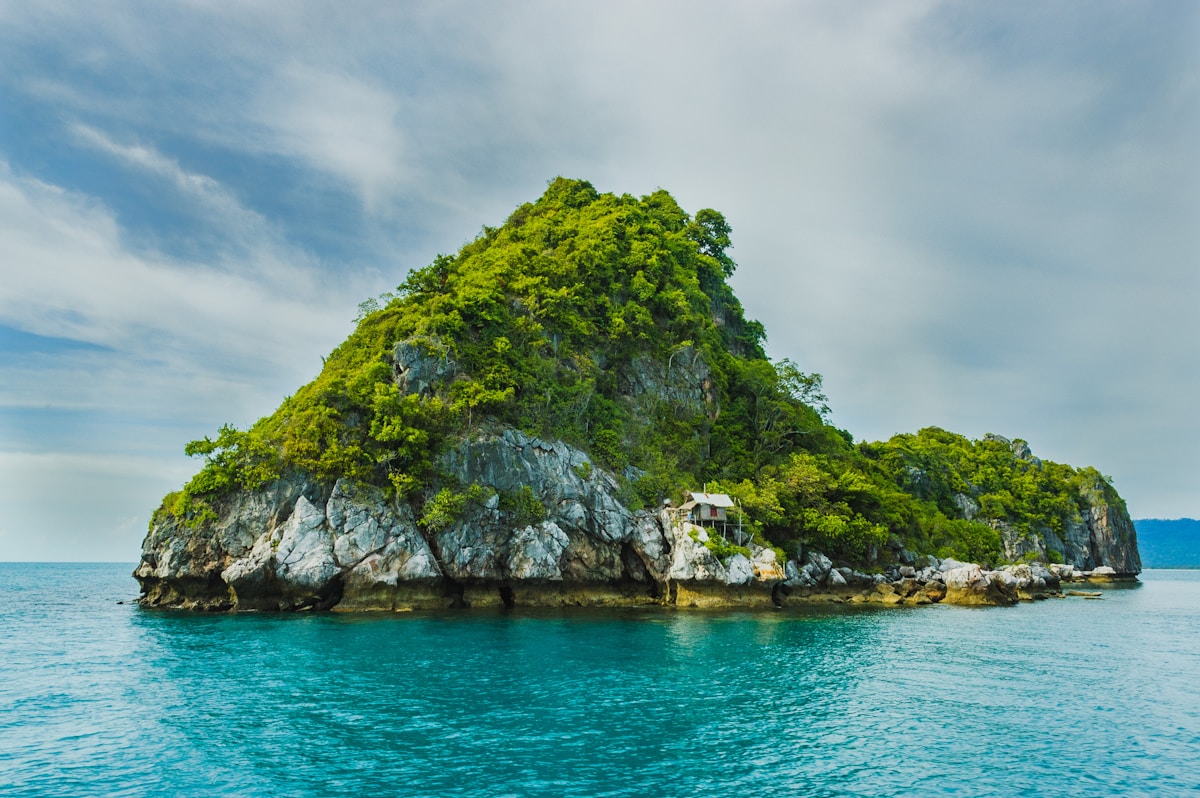
Purpose of Sea Trials
Sea trials serve several purposes. They assess the performance of the ship’s hull, machinery, and systems. Engineers and other professionals on board monitor aspects such as speed, maneuverability, and safety features. The trials are essential for identifying potential issues before the vessel begins operational duties.
Types of Sea Trials
- Builder’s Trials: These occur during the final stages of construction. The shipyard conducts these to ensure the vessel meets the contractual requirements.
- Acceptance Trials: These involve representatives from the shipyard, the vessel owner, and sometimes regulatory bodies. The focus is on verifying that the ship meets the agreed-upon specifications.
- Performance Trials: These are specialized trials focusing on specific performance metrics like speed and fuel efficiency.
- Tests for Safety and Emergency Systems: Evaluates the effectiveness of life-saving appliances, fire fighting equipment, and other critical emergency protocols.
Preparation for Sea Trials
Preparation begins well before the vessel leaves the dock. A detailed trial agenda is prepared, listing all the tests to be conducted. Calibration of testing instruments ensures accurate readings. Engineers and crew receive thorough briefings on their roles. Safety procedures are reviewed, ensuring everyone on board knows how to respond in the event of an emergency.
Key Tests Conducted During Sea Trials
- Speed Trials: The ship’s ability to achieve and maintain certain speeds is tested. This involves running the ship at full power and observing its performance.
- Turning Circle and Zigzag Tests: These tests evaluate the ship’s maneuverability under various conditions. Observations focus on the turning radius and response to helm movements.
- Endurance Trials: The ship operates at a sustained speed for an extended period. This tests the durability and efficiency of the machinery and systems under continuous operation.
- Seakeeping Trials: The vessel’s performance in different sea states is examined. These tests determine how well the ship handles waves and rough waters.
- Noise and Vibration Tests: Measurements of noise and vibration levels are taken throughout the ship. Excessive noise or vibrations can indicate issues with the hull or machinery.
Data Collection and Analysis
During sea trials, data collection is meticulous. Sensors and instruments record real-time information. Data is analyzed both onboard and ashore. Engineers look for any deviations from expected performance metrics. Any anomalies are investigated thoroughly to determine their causes.
Troubleshooting and Retesting
If issues are identified, troubleshooting begins immediately. Engineers may make adjustments to machinery or systems while at sea. In some cases, the ship may need to return to the dock for repairs. Retesting ensures that any issues have been successfully resolved.
Documentation and Reporting
Detailed reports are compiled at the end of sea trials. These documents include test results, observations, and any corrective actions taken. The reports are essential for certifying that the vessel is ready for service. They are also useful for future reference and maintenance.
Standards and Regulations
Various national and international bodies regulate sea trials. Standards ensure consistent testing methods and safety protocols. Compliance with these standards is mandatory for certification. Common regulatory bodies include the International Maritime Organization (IMO) and national maritime authorities.
Case Studies
One notable example is the sea trials of the USS Zumwalt. This advanced naval destroyer underwent extensive testing to evaluate its stealth capabilities and new propulsion systems. The trials revealed necessary adjustments to optimize performance. Another case is the launch of the Oasis-class cruise ships by Royal Caribbean. Their sea trials included rigorous tests of all onboard systems, including entertainment and safety features. These trials ensured passenger safety and comfort on voyages.
Future Trends
Technology continues to advance, influencing how sea trials are conducted. Automation and remote monitoring are becoming more prevalent. These technologies provide more accurate data and reduce human error. Future ships may undergo virtual sea trials using simulation software before actual testing at sea. This could streamline the process and identify potential issues even earlier.
“`
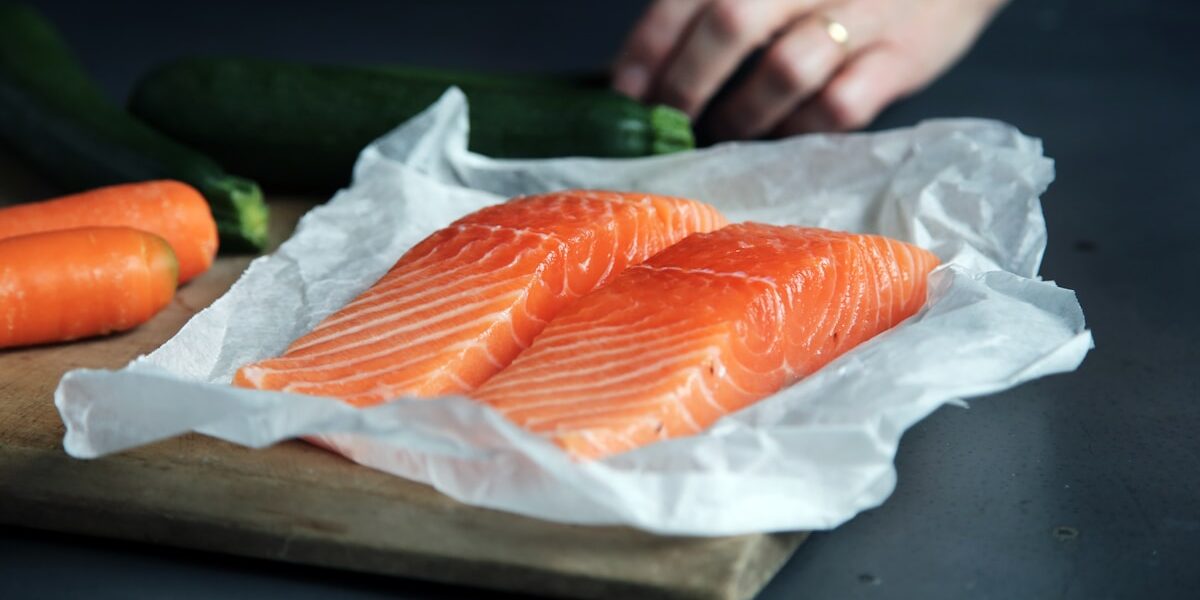
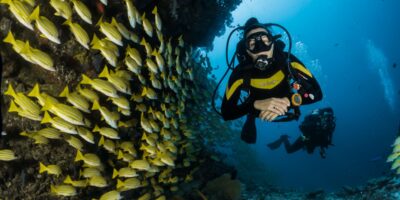
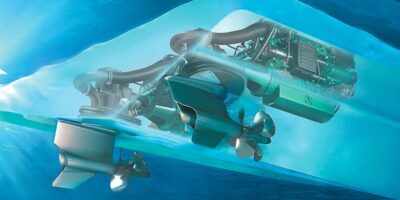
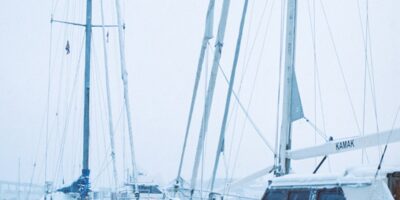
Subscribe for Updates
Get the latest articles delivered to your inbox.
We respect your privacy. Unsubscribe anytime.